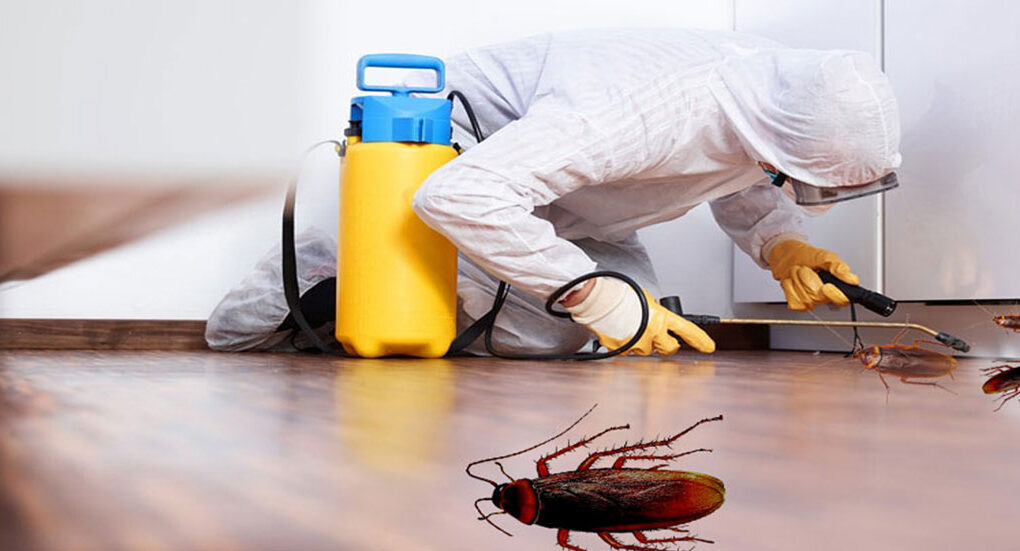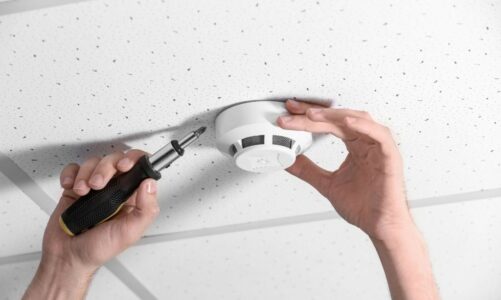When pests start creeping around your home, the first instinct is often to grab some over-the-counter sprays or traps and try to handle it yourself. DIY pest control can save money and provide quick relief—but it’s important to know what really works and what might just be a waste of time—or worse, make the problem worse.
At Hot Bugz, we’re here to help you separate fact from fiction and offer practical advice on which DIY pest control methods are effective, and when it’s time to call in the professionals.
What DIY Pest Control Methods Actually Work
1. Keeping a Clean Home
One of the best defenses against pests is regular cleaning and sanitation. Removing crumbs, washing dishes promptly, vacuuming carpets, and taking out the trash can make your home far less inviting.
- Why it works: Pests need food and shelter to survive. A clean home cuts off their resources and discourages nesting.
2. Sealing Entry Points
Using caulk or weatherstripping to seal cracks, gaps, and holes around doors, windows, and foundations can prevent pests from getting inside.
- Why it works: Blocking access points stops pests before they even enter your home.
3. Using Traps
For certain pests like mice or some insects, traps can be a useful way to reduce populations.
- Why it works: Properly placed traps can catch pests without using chemicals.
4. Natural Remedies
Some natural substances, like diatomaceous earth (food-grade), vinegar, or essential oils, can deter certain pests when used correctly.
- Why it works: These remedies can repel or kill insects on contact without harmful chemicals.
What DIY Pest Control Methods Don’t Work (or Can Make Things Worse)
1. Overusing Pesticide Sprays
Spraying large amounts of bug spray around your home may kill some pests on contact, but it often drives others deeper into walls or hidden areas, making infestations harder to treat.
- Why it doesn’t work: It doesn’t eliminate nests or breeding sites and can lead to resistance over time.
2. Ignoring the Source of the Problem
Treating visible pests without addressing what’s attracting them—like food, water, or entry points—means the problem will likely return.
- Why it doesn’t work: Pests keep coming back if conditions remain favorable.
3. Using Foggers or “Bug Bombs”
These aerosol bombs claim to kill all pests in a room but often fail to reach hidden nests and can be dangerous if misused.
- Why it doesn’t work: Foggers rarely eliminate entire infestations and can expose your family to harmful chemicals.
4. DIY Bed Bug Treatments
Bed bugs are notoriously difficult to eliminate without professional help. DIY treatments often fail and can cause the bugs to spread further.
- Why it doesn’t work: Bed bugs hide in tiny cracks and require specialized treatment plans.
When to Call the Professionals
While DIY methods can be effective for minor or early-stage pest issues, professional pest control is recommended if:
- You have a large or persistent infestation
- You’re dealing with hard-to-treat pests like termites, bed bugs, or rodents
- You want a thorough inspection to identify hidden nests and entry points
- You’re concerned about safety, especially with children and pets in the home
At Hot Bugz, we use advanced tools, safe products, and years of experience to provide lasting solutions that DIY methods simply can’t match.
Final Thoughts
DIY pest control can be a useful first step, but it has limits. Knowing what works and what doesn’t can save you time, money, and frustration—and help keep your home pest-free for good.




